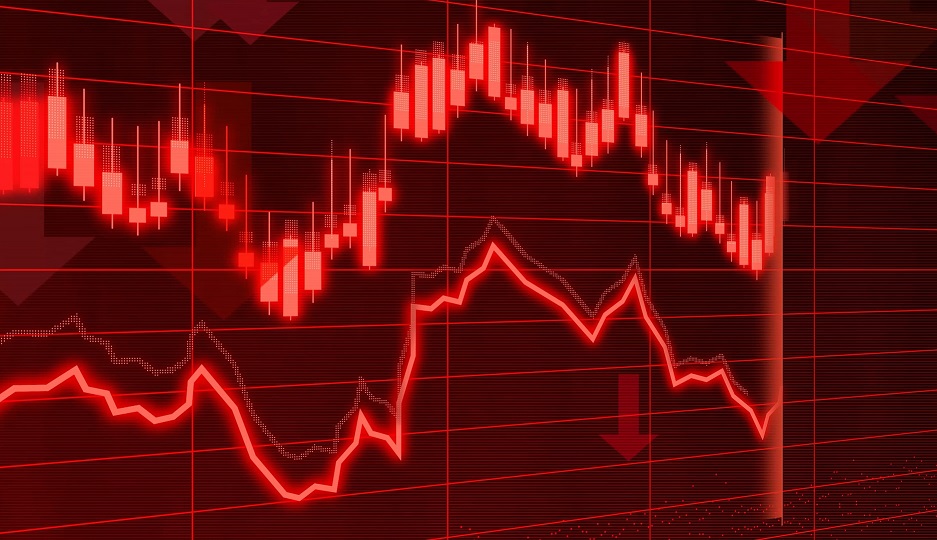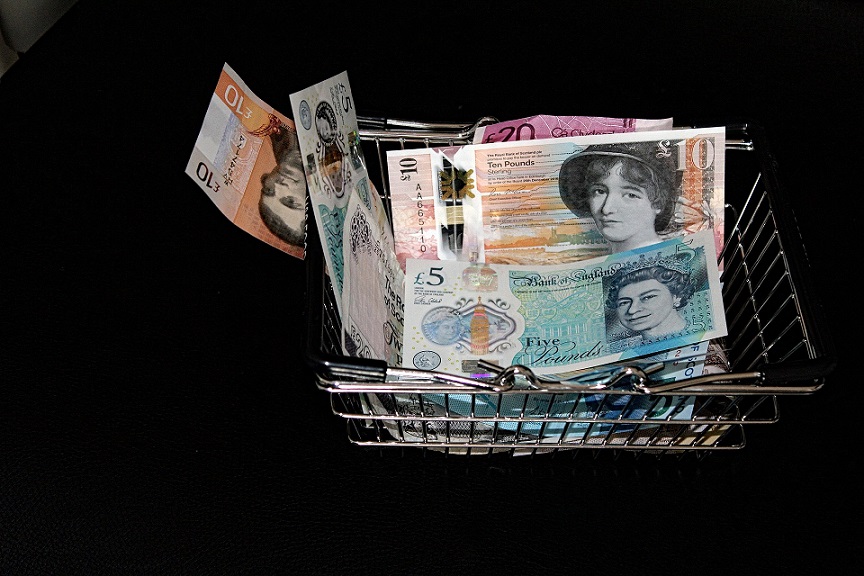Although some analysts believe they can find fewer negative signs in the European economic performance in the first weeks of 2023, they fail to counterbalance the forecast of a very difficult year with corresponding social repercussions, especially for the wage-earning and most vulnerable sectors in the continent.
 “Europe is still in trouble”. This is the title of an analysis published on 9 February by the Swiss economic website, Allnews. With the corresponding subtitle: “The energy cris is and the impoverishment of workers continue to penalise a failing Europe”.
“Europe is still in trouble”. This is the title of an analysis published on 9 February by the Swiss economic website, Allnews. With the corresponding subtitle: “The energy cris is and the impoverishment of workers continue to penalise a failing Europe”.
However, its author, Christopher Dembik from Saxo Bank (Danish bank specialising in investment and online trading), points out that “we have been far too pessimistic about the eurozone” and recalls that “a few months ago, more than 90% of analysts were certain of a recession in 2023”. Dembik argues that the fall in energy prices, the absence of power outages (resulting from both the diversification of energy supply and not-so-low winter temperatures) and the resilience of some key economic indicators (especially in Germany) determine the need to review the outlook for this year.
His analysis recalls that the initial projection for the Gross Domestic Product (GDP) for the eurozone was negative for 2023. He claims that his bank is convinced that the Europe of the euro could avoid recession this year and aim for a GDP growth of 0.3 to 0.4 per cent. “A timid but significant improvement, and this may be only the beginning”, points out Dembik.
 However, his analysis concludes by mentioning the stress points that will continue to plague the economies in the region. Due to the European IG (Investment Grade) credit yield of 4%, an increase in credit pressure is felt for the first time in the last decade, that will affect businesses that must access new sources of funding. And, no less significant, the energy crisis will return to the forefront faced with the need to replenish depleted stocks, which could lead to higher fuel prices in the coming months.
However, his analysis concludes by mentioning the stress points that will continue to plague the economies in the region. Due to the European IG (Investment Grade) credit yield of 4%, an increase in credit pressure is felt for the first time in the last decade, that will affect businesses that must access new sources of funding. And, no less significant, the energy crisis will return to the forefront faced with the need to replenish depleted stocks, which could lead to higher fuel prices in the coming months.
The EU will find providers and import, for example, liquefied natural gas from the US, Australia or even Mozambique, but at a higher price. And it’s very likely that this energy problem will impact an increase of inflation in the second half of the year.
Dembik’s analysis concludes that the likelihood of avoiding a recession “seems high”. At the same time, he acknowledges that Europe remains stuck and the energy crisis continues to be one of the major problems, which is why “even if the Central European Bank foresees a substantial increase in wages, we see that, in fact, workers are growing poorer in most countries”.
Furthermore, most businesses that benefited from the anomalous periods of negative interest rates will now face reality and will probably go bankrupt.
 Moving from economic to political analysis, the outlook anticipated by the Saxo Bank official is bleak: “We are not optimistic… Sweden, that currently presides over the Council of the European Union, is focused on the war in Ukraine, while the Spanish presidency, in the second semester of 2023, will be dominated by the elections. Therefore, the political landscape doesn’t seem to bring huge ambitions this year.” PL
Moving from economic to political analysis, the outlook anticipated by the Saxo Bank official is bleak: “We are not optimistic… Sweden, that currently presides over the Council of the European Union, is focused on the war in Ukraine, while the Spanish presidency, in the second semester of 2023, will be dominated by the elections. Therefore, the political landscape doesn’t seem to bring huge ambitions this year.” PL
(Translated by Cristina Popa – Email: gcpopa83@gmail.com) – Photos: Pixabay












.jpg)












